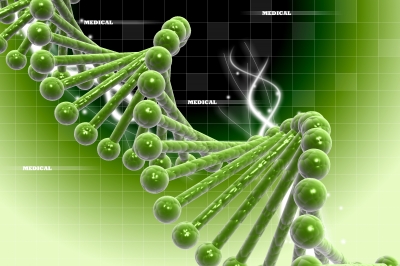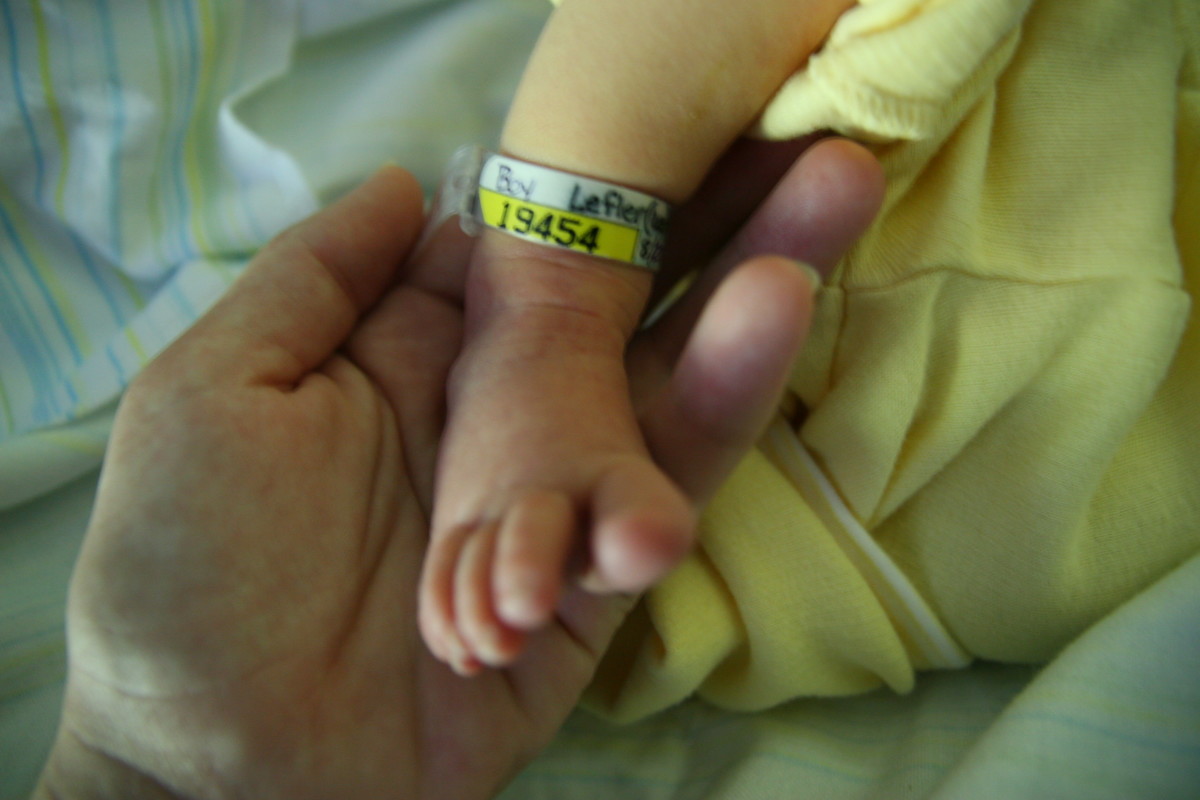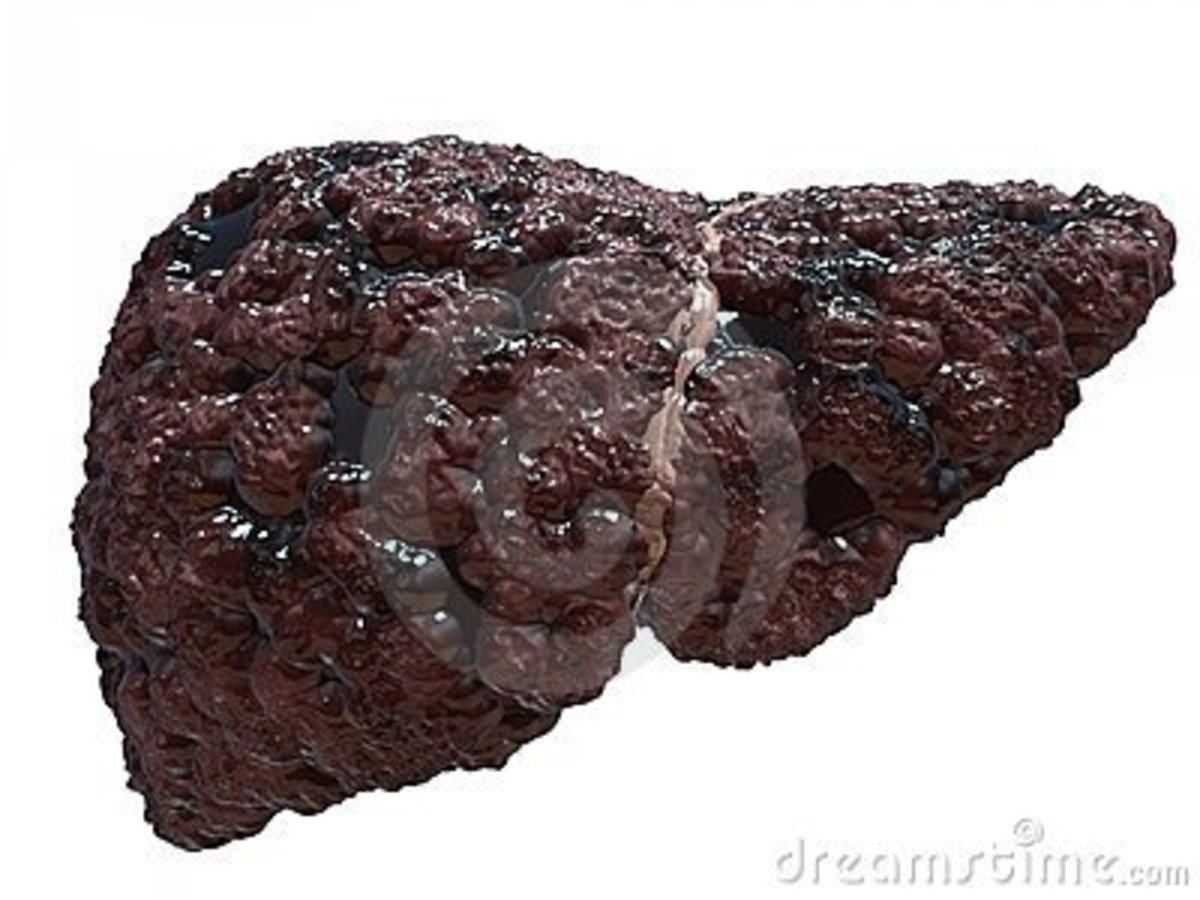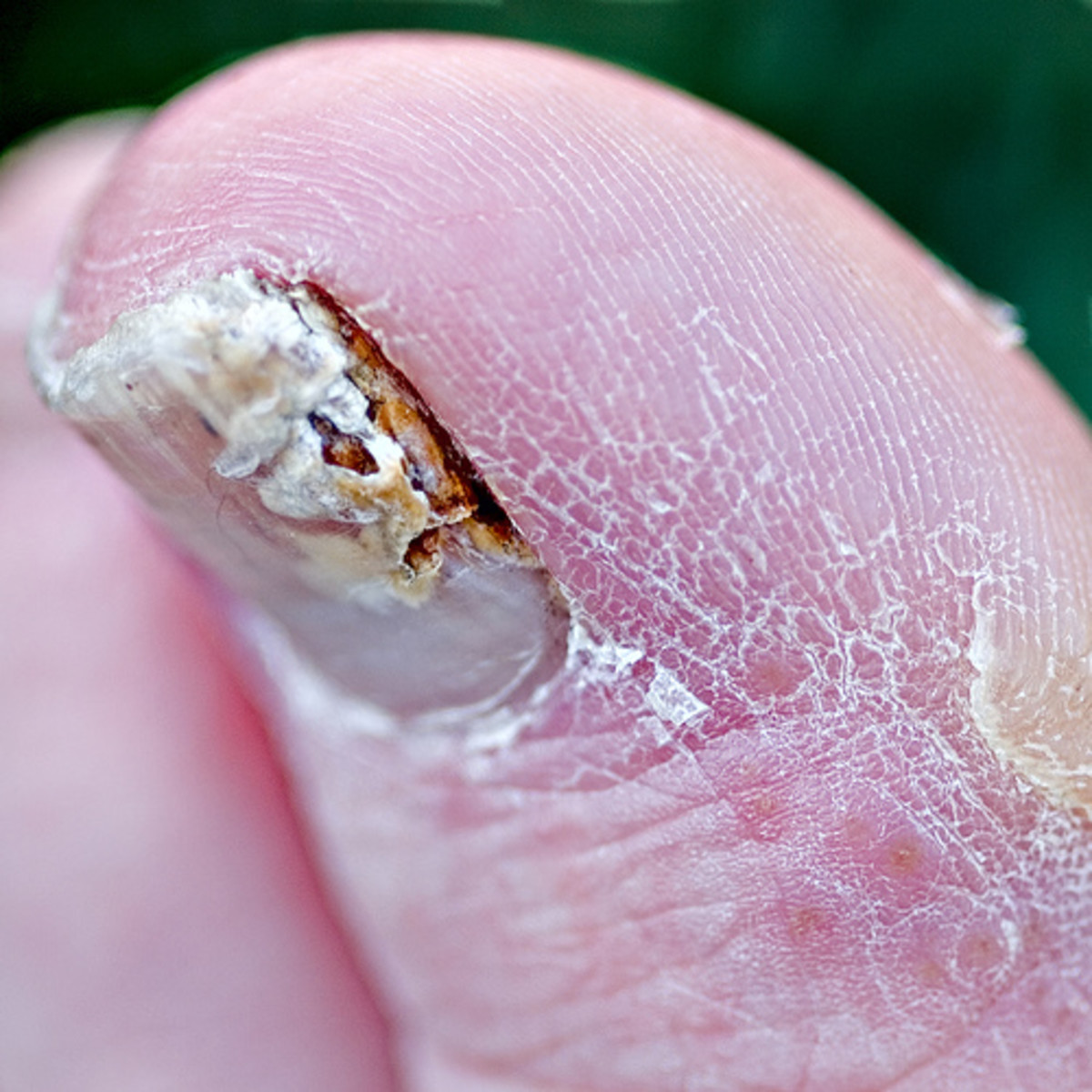What is Severe Combined Immunodeficiency Disease (SCID)?

Copyright 2012 - Kris Heeter, Ph.D. (Reposting, copying, reprinting or reproducing this article in part or in full elsewhere online or offline is prohibited.)
Severe Combined Immunodeficiency Disease (SCID) or Syndrome is one of over 150 primary immunodeficiency diseases that have been identified.
Primary immune deficiency diseases are genetically inherited whereas secondary immune deficiency diseases are acquired after birth and typically caused by something like immune suppression drugs or viruses.
SCID is a rare but severe from of immunodeficiency that can impair the entire immune system at birth.
SCID is also known as:
- Alymphocytosis
- Glanzmann-Riniker Syndrome
- Thymic Alymphopasia
- Severe mixed immunodeficiency syndrome
Mutations in more than a dozen different genes have been linked to various forms of SCID.
SCID is one of the more serious immunodeficiency genetic disorders.
Severe combined immunodeficiency syndrome occurs in about one out of every 50,0000 to 100,000 births. If undiagnosed, SICD babies eventually develop severe life-threatening infections with a 100% mortality rate. Death usually occurs within the first year of life.
The genetic mutations linked to SCID lead to severe abnormalities of the development and function of the immune system. Babies with SCID lack almost all immune defenses due to a defect in white blood cells (impaired B cells and T cells).
The Boy In The Plastic Bubble Movie
The Boy in the Plastic Bubble was 1976 made-for-TV movie that was inspired by David Vetter and Ted DeVita.
The movie first aired on the ABC television network and starred John Travolta.
The film reportedly inspired the first song on Paul Simon's 1986 album, Graceland.
SCID Bubble Boy
Severe combined immunodeficiency disease or syndrome became widely known in the early 1970’s due to David Vetter. He became widely known as the “SCID bubble boy”.
David was able to live beyond infancy by living in a completely sterile environment. Thanks to David, SCID received national attention.
David Vetter and Ted DeVita (diagnosed with the autoimmune disease Aplastic Anemia) inspired what commonly became known as the "the boy in the bubble movie" - The Boy In The Plastic Bubble, starring John Travolta
Ironically, David did not die directly of SCID. In an attempt to live a normal life outside his sterile environment, he underwent an unsuccessful bone marrow transplant in 1984. He died at the age of 12 . David ended up contracting the Epstein-Barr virus through the transplant and died.

Newborn Screening for SCID
In the 1970s, newborn screening for immunodeficiency diseases or syndromes like SCID did not exist. Babies born with severe immune impairment typically died as infants. David Vetter was a rare exception. Confined to a plastic bubble - a small sterile space and no contact with other humans - he was able to survive longer than more children diagnosed back then with this disease.
The good news is that as of March 2010, newborn screening for SCID became part of the national U.S. newborn screening guidelines adopted by Secretary of Health and Human Services. SCID is now included in the recommended newborn screening panel for 29 genetic disorders.
According to a research published in the journal Blood (2011) there are now improved survival rates with neonatal SCID diagnosis. Once diagnosed there are a couple of different approaches that can be taken to increase the the child's lifespan. The most common is a bone marrow transplant.
Unfortunately, not every state has adopted these screening guidelines. Babies are still dying due to this undiagnosed condition.
The status of screening in each state can be found in the U.S. National Screening Status Report. To stay current on the status of SCID newborn screening, updates found at The Immune Deficiency Foundation's website for Newborn Severe Combined Immunodeficiency Screening:
http://idfscidnewbornscreening.org/
Bone Marrow Transplant is Now the Most Common Treatment for SCID
The only known cure for SCID is a bone marrow transplant. A bone marrow transplant replaces the infant or child's abnormal blood-forming cells with healthy blood-forming cells from a compatible donor.
More specifically, hematopoietic stem cells are taken from healthy donor bone marrow and transplanted to the SCID patient. It is the hematopoietic stem cells that can form healthy blood cells.
According to the Immune Deficiency Foundation, babies born with SCID who receive a hematopoietic stem cell transplant (HSCT) soon after birth now have 94% survival rate.
For more information on bone marrow transplants for SCID or on how to become a registered bone marrow donor visit: The National Marrow Program
On The Horizon: Gene Therapy for SCID and other Autoimmune Disorders
Preliminary research using gene therapy suggests it may be effective in treating some immunodeficiency and autoimmune diseases.
In 2010, a collaboration between The Children's Hospital of Philadelphia and European gene therapy researchers used gene therapy on two young children with Wiskott-Aldrich syndrome. Notable improvements were noted in these children. Wiskott-Aldrich Syndrome is also a very rare but severe immunodeficiency disorder.
Gene therapy when combined with chemotherapy has been used in clinical trials on a limited number of SCID patients with a specific type of SCID (ADA-SCID). Results documented on these patients suggest that this combination has had some success.
Gene therapy continues to be researched further. The upside is that if it works, it could eliminate the wait for a bone marrow donor. Finding compatible bone marrow donors can be difficult.








